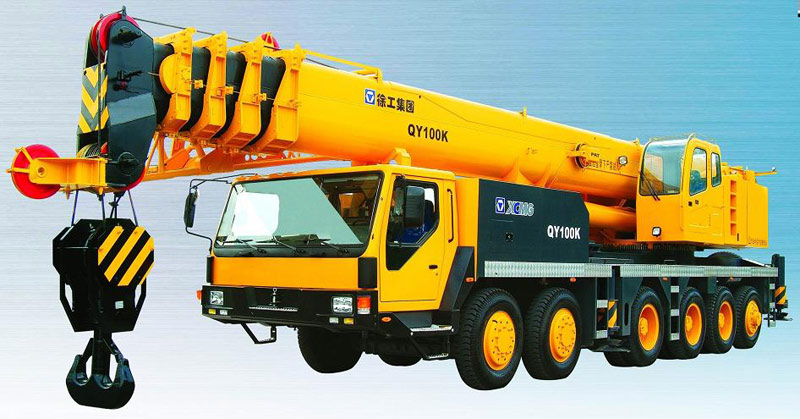I have no familiarity with SFB, so I wouldn't know.
Great TOS style StarTrek ship battles.
I have no familiarity with SFB, so I wouldn't know.
Endurance depends on how much fuel you have. It's all arithmetic!
I thought Endurance depended on Shackleton?
Yes, more nacelles means more speed.
On a related note, this:

is faster than this:

If you are traveling at warp 3, its not as if each nacelle is doing warp 1.5, they are both doing warp 3 so it can't add extra speed. It would increase "towing capacity" though.
I've always figured it was more of an endurance thing than a speed thing. More warp nacelles give you a more stable warp field, and are able to sustain the field for longer periods.
Yes, more nacelles means more speed.
On a related note, this:

is faster than this:

Yeah, a picture is worth a thousand words.
Endurance depends on how much fuel you have. It's all arithmetic!
I thought Endurance depended on Shackleton?
Har! Good one! Do you have any Roald Amundsen jokes?
ISTR something about the Enterprise-D having, in effect, double nacelles - each being constructed out of parts that on a smaller ship would have been two complete nacelles. Is that so? If it is, then that makes four-nacelled ships even odder.

I'd think it would something along the lines of a car. You have a V8 and you pulled half the plugs it would still run.. Kinda..
I'd think it would something along the lines of a car. You have a V8 and you pulled half the plugs it would still run.. Kinda..
Well, a four-stroke V8 is the direct equivalent of two four-cylinder engines bolted together with a timing offset*. Some modern large-engine cars even deliberately disable one bank of cylinders in city driving for fuel efficiency, turning a V8 into a four-pot.
*This can go further - W16 engines exist, as do W12s (2xV6).
I suppose if a 4-cyl is the Kelvin, that makes the Veyron a four-naceller.

Maybe more nacceles = faster "0 to warp"?
We use essential cookies to make this site work, and optional cookies to enhance your experience.
